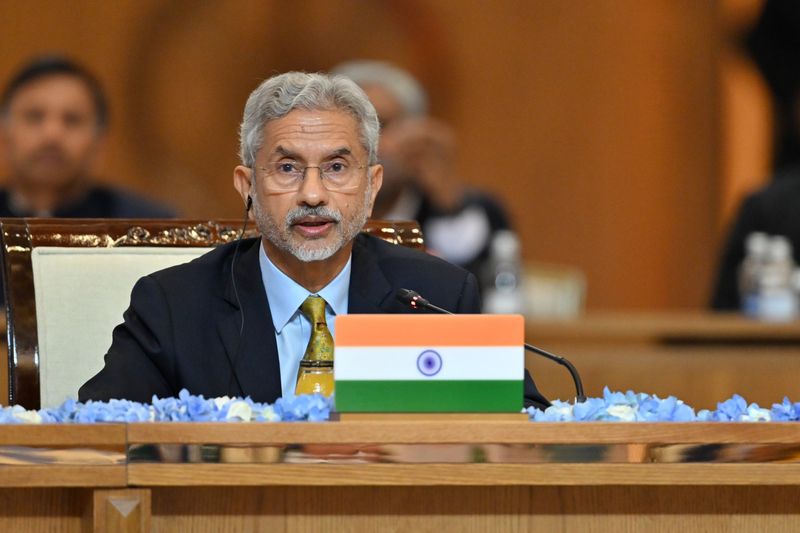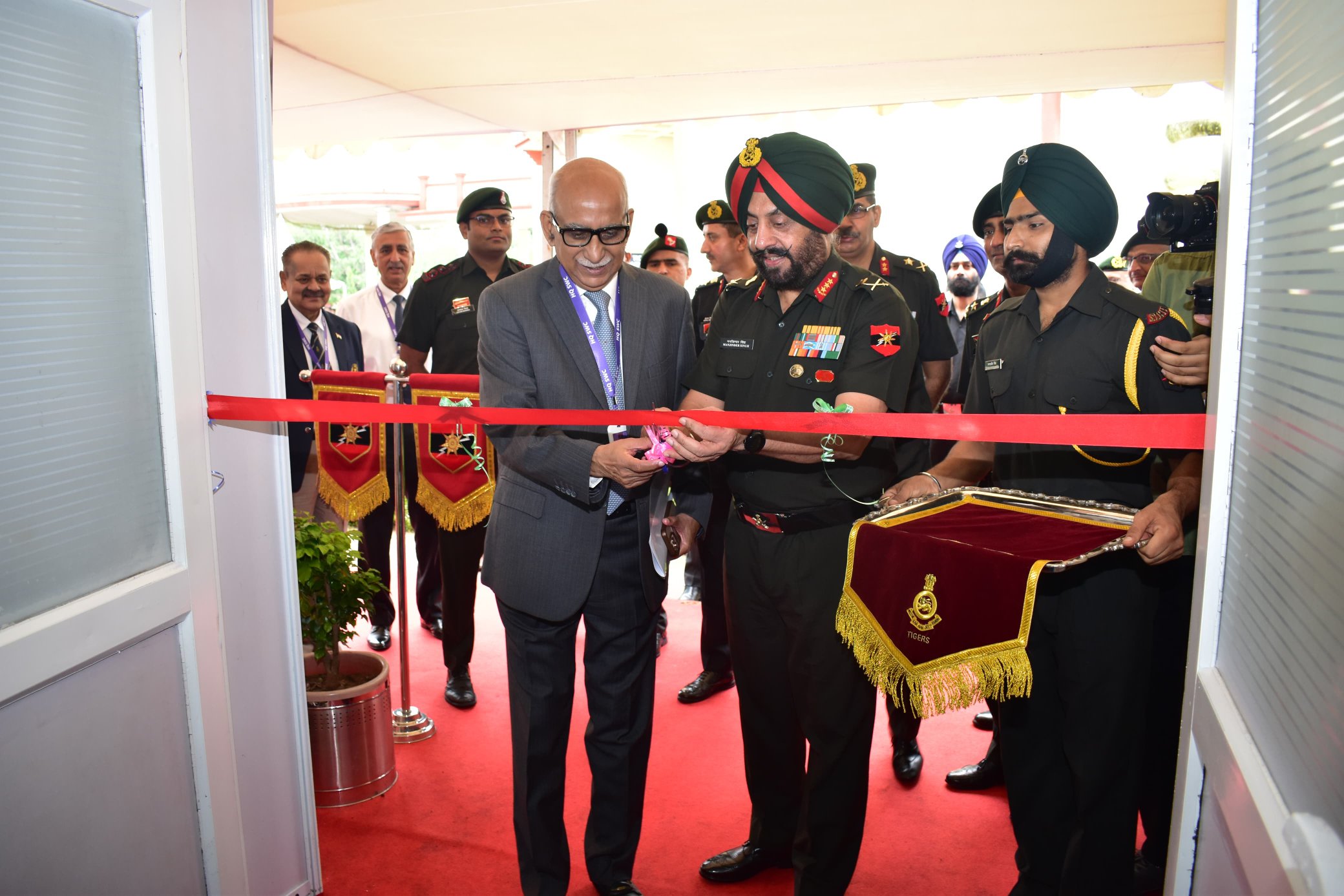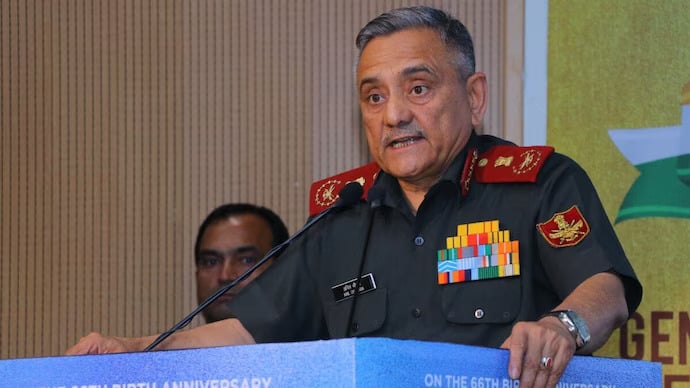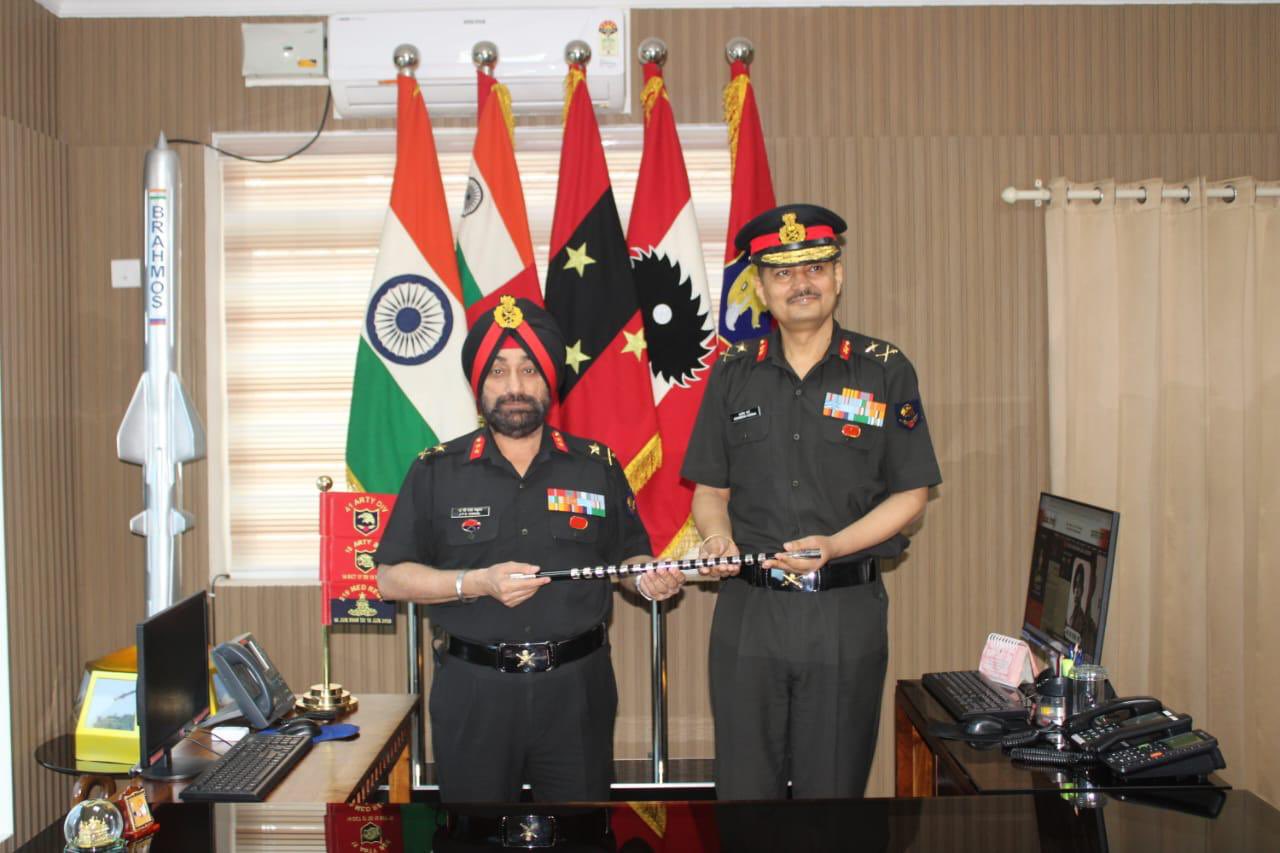Jaishankar Urges SCO to Stand United Against Terror, Cites Pahalgam Attack as Stark Warning
External Affairs Minister S Jaishankar called on the Shanghai Cooperation Organisation (SCO) to adopt an uncompromising stance against terrorism, separatism…
CRPF Jawan Praneswar Koch Martyred in Jharkhand Anti-Naxal Operation
In a solemn moment for the nation, CRPF Constable Praneswar Koch, a braveheart from Magur Mari village in Assam’s Kokrajhar…
Sapta Shakti Command Kickstarts Tech Seminar at Jaipur Military Station
The Indian Army’s South Western Command, known as the Sapta Shakti Command, launched a landmark seminar titled “Next Generation Combat:…
TGC 142 Cut Off Marks Indian Army
The Indian Army has released the cutoff marks for the Technical Graduate Course (TGC)-142, scheduled for January 2026. This course…
‘Can’t win today’s warfare with yesterday’s weapons’, says CDS Anil Chauhan as he cites ‘Operation Sindoor’
In a strong call for defence modernisation, Chief of Defence Staff (CDS) General Anil Chauhan today underscored the need for…
Major General Adarsha Verma Takes Command of Indian Army’s Agnibaaz Division
The Indian Army’s prestigious Agnibaaz Division has welcomed new leadership with Major General Adarsha Verma, VSM, officially assuming command from…






